Learn about the best no-carb and very low-carb foods you can eat on keto. A complete zero-carb food list to help you get into ketosis and lose weight!
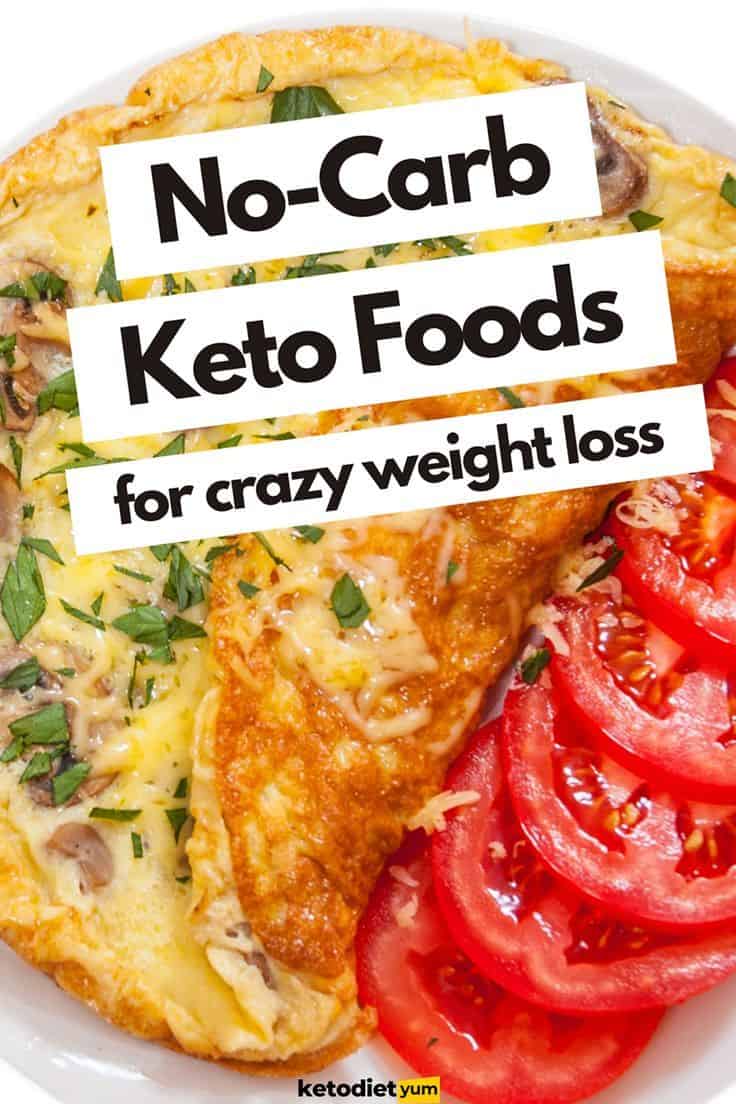
Table of Contents
As you may have noticed, almost all-natural food contains at least a small amount of carbohydrates or carbs.
The only foods that technically have zero carbs are fats, oils, and various types of meat (1).
To ensure adequate nutrients and a wide variety of foods, many people also include very low-carb food choices in their meal plans (2).
All in all, plenty of foods can fit into a very low-carb diet. You have to know where and how to look.
Understanding Food Labels
For anyone looking to avoid carbs, it’s important to read nutrition labels. A few key things to remember when reading labels are (3):
- Always Check the Serving Size
A serving size is what the nutritional label information is based on. On the label, the macronutrients are listed based on one serving size. For example, if you are eating a bag of jerky with 0.5 grams of carbs listed on the label, and it says it has 4 servings, you are consuming 2 grams of net carbohydrates. It’s important to note serving sizes when picking foods and meal planning. Some brands can be tricky and have a large number of serving sizes which can make you think there are less carbs in the food.
- Calculate Total Net Carbs
Calculate the total carbohydrates in food by reading the nutritional label. The calculation is quite simple:
Net Carbs = Carbohydrates - Dietary Fiber
This way, you'll know how many carbs are in the food or ingredient, which will help you stick to your daily carb limit.
- Always Check the Ingredients
Ingredient lists can show sources of hidden carbs and other nasty additives. Although the nutritional label is the best place to look for total carbs, it can be surprising to learn where some sources of hidden sugar lurk. Avoid foods that contain things like high fructose corn syrup and other added sugars. If the ingredient list is very long with lots of additives, avoid eating it.
Zero-Carb Food List
Below, you’ll find a list of zero-carb foods broken up by category (4).
Seasonings and Spices
A good way to add flavor and variety to dishes while staying very low-carb is to use seasonings and spices. Different combinations of seasonings and herbs can create a wide range of flavors to keep meals interesting. Because most herbs and spices are consumed in very small quantities, virtually all are carb-free.
- Basil
- Bay Leaves
- Black Pepper
- Cardamom
- Cayenne Pepper
- Celery Seed
- Chives
- Cilantro (fresh)
- Cinnamon (ground)
- Cloves (ground)
- Cumin (ground)
- Curry (powder)
- Dill
- Fennel Seed
- Marjoram
- Mint
- Mustard
- Nutmeg (ground)
- Oregano
- Paprika
- Parsley
- Red Pepper (ground)
- Rosemary
- Sage
- Salt (all varieties)
- Savory
- Tarragon
- Thyme
Condiments
Another easy way to change up flavors is by using condiments. It’s important to double-check labels on many of your favorite condiments. Sometimes, manufacturers add sugar to enhance flavor. All of these are safe super low-carb or zero-carb choices, as long as there is no sugar added:
- Aioli
- Mayonnaise
- Tabasco
- Mustard
- Guacamole
Check out our full list of keto-friendly condiments!
Beverages
Of course, drinking water is important for overall health. But you may want to mix up your routine with something else every now and then. Here are a few good choices:
- Tea
- Herbal Tea
- Coffee (black)
- Soda Water
- Sparkling Water
- Diet Soda
- Sugar-Free Soda
- Keto No-Carb Beverages*
*As the keto diet becomes more popular, there are more no-carb beverages being developed. Always check the food label to ensure the total carbs fall within your diet plan.
Fats and Oils
Often considered the “bread and butter” of many zero-carb eating plans, fats and oils are almost always a safe bet.
- Avocado Oil
- Coconut Oil
- Olive Oil
- MCT Oil
- Butter
- Ghee
- Lard
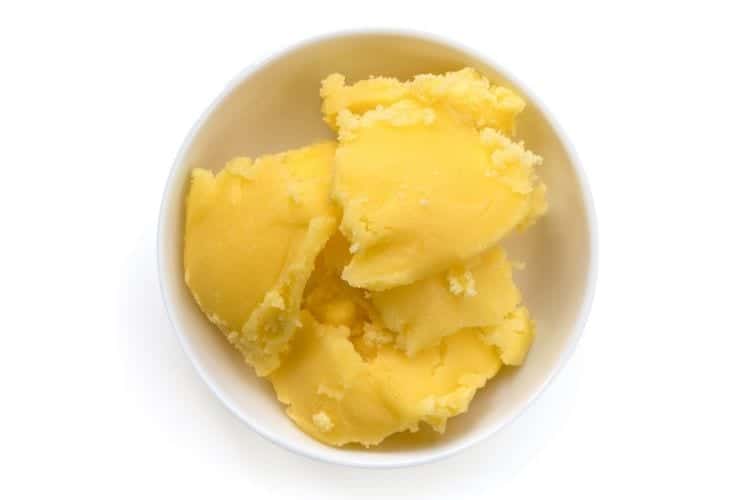
Meats and Poultry
Be careful with processed meats such as deli slices. Sometimes, these processed foods can contain hidden sugars or carbs. Some food manufacturers will add sugars and flavorings that can increase the carb count (5). To avoid these hidden carbs, check the food label for total carbohydrates.
- Chicken
- Beef
- Pork
- Deli Meats
- Lamb
- Eggs
- Duck
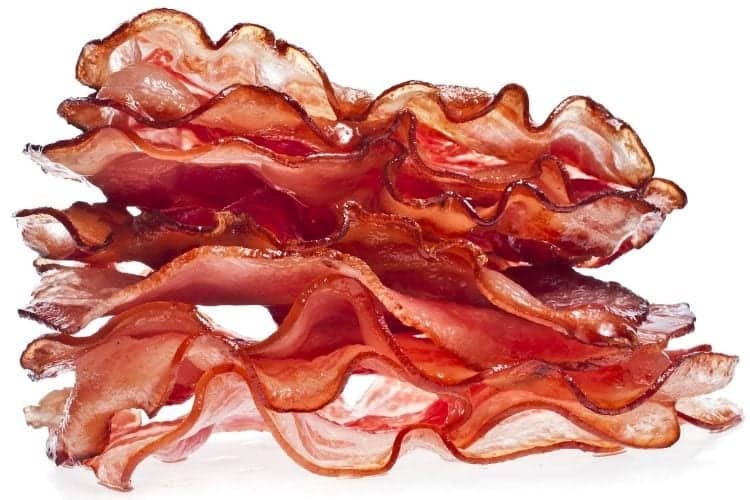
Fish and Seafood
This high-protein option is also often high in healthy fats. Some groups of people (for example, pregnant and immunocompromised people) need to avoid certain fish and seafood. Check with your healthcare provider before including fish in your diet. In general, fish and seafood are a good bet for low and zero-carb meals.
- Salmon
- Tuna
- Swordfish
- Mackerel
- Sardines
- Herring
- Halibut
- Flounder
- Bass
- Shrimp*
- Lobster*
- Clams*
- Scallops*
- Mussels*
- Oysters*
*These foods don’t necessarily have zero carbs, but they contain very small amounts of carbohydrates. They are an excellent source of protein, healthy fats, and micronutrients.
About Net Carbohydrates
Net carbs are the number of carbs in food after subtracting fiber. Fiber can be thought of as indigestible carbs.
These are subtracted from total carbs because the body cannot fully break down and use these carbs.
Very Low Carb Foods List
There is a range of foods that fall into the very low-carb category (6).
Vegetables
While vegetables are mostly made up of carbohydrates, they are also very high in dietary fiber.
- Arugula
- Asparagus
- Avocado
- Bean Sprouts
- Bok Choy
- Broccoli Rabe
- Cabbage (Green)
- Cabbage (Red)
- Cauliflower
- Celery
- Chili Pepper
- Collard Greens
- Cucumber
- Eggplant
- Fennel
- Garlic
- Ginger
- Jalapeno
- Kale
- Kohlrabi
- Lettuce
- Mushrooms
- Mustard Greens
- Nopal
- Olives
- Pickles
- Radish Slices
- Shallots
- Spinach
- Swiss Chard
- Watercress
- Yellow Squash
Check out our full list of Keto-Friendly Vegetables!
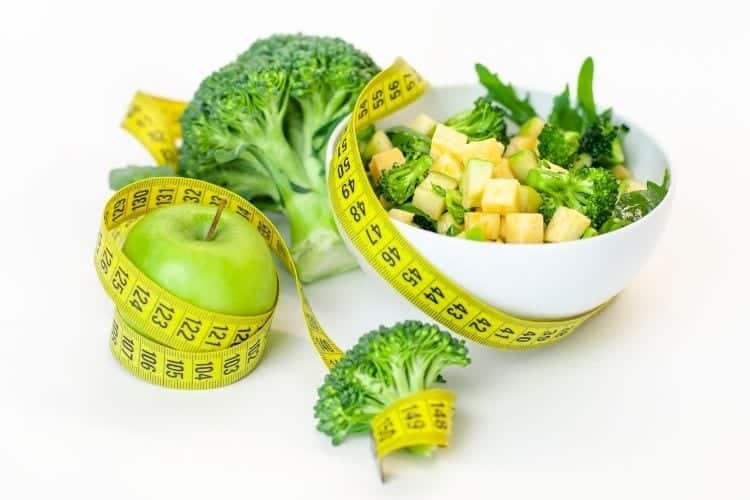
Nuts, Seeds, and Nut Butters
Nuts and seeds are a great choice for healthy fats and protein. Additionally, they provide a good source of dietary fiber.
- Flax Seeds
- Almond Butter
- Almonds
- Brazil Nuts
- Chia Seeds
- Hazelnuts
- Hemp Seeds
- Macadamia Nuts
- Peanut Butter
- Peanuts
- Pecans
- Pine Nuts
- Poppy Seeds
- Pumpkin Seeds
- Sesame Seeds
- Sunflower Seed Butter
- Tahini
- Walnuts
Dairy Products
While dairy does contain some carbs, certain products often have very small amounts. Dairy products naturally contain lactose, which falls into the category of carbohydrates. Depending on the processing, some items fall into the “very low-carb” or even “zero-carb” category (7).
Typically, harder cheeses are lower in carbs. But this doesn’t mean all soft cheeses are best avoided. It’s important to check the label and do some research before hitting the grocery store.
As always, be sure to check food labels, as some of these foods can have hidden sugars.
- Brie
- Cheddar Cheese
- Cream (full-fat)
- Cream Cheese
- Feta Cheese
- Gouda Cheese
- Greek Yogurt
- Half & Half
- Heavy Cream
- Mascarpone
- Mayonnaise
- Mozzarella
- Parmesan
- Sour Cream
*These are considered very low and zero carbs when in small amounts. One ounce of cream cheese has only 1 gram of carbs.
Low Carb Recipes
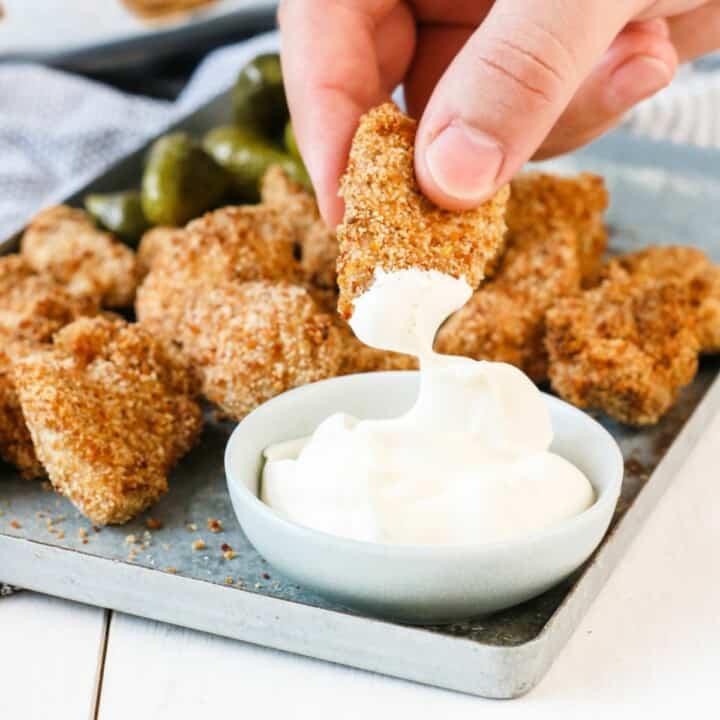
Keto Chicken Nuggets
These delicious keto chicken nuggets are coated with a crispy pork rind coating and are the perfect comfort food! Ready to enjoy in just 30 minutes with an incredibly low 0.3 grams of net carbs.
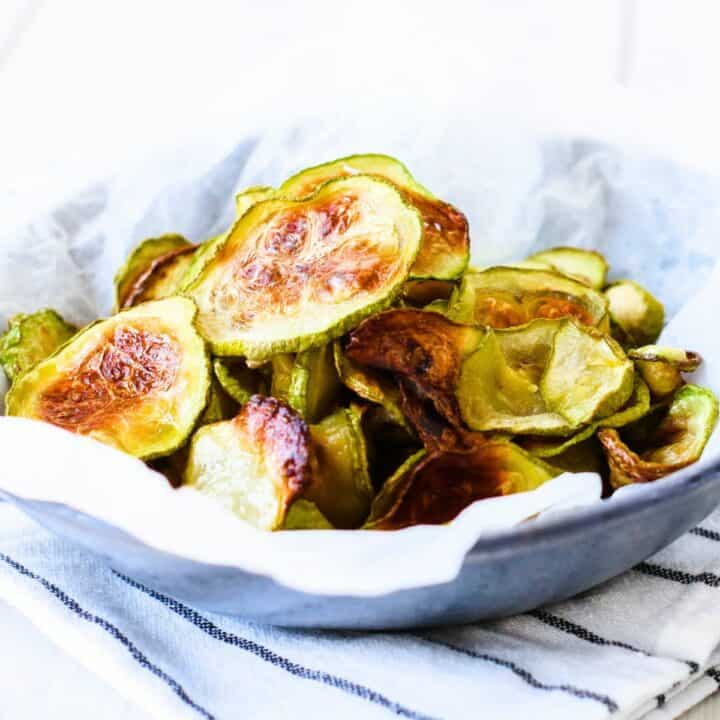
Zucchini Chips
Learn how to make crispy baked zucchini chips with just 2 ingredients in the oven or air fryer! 0.1g net carbs!
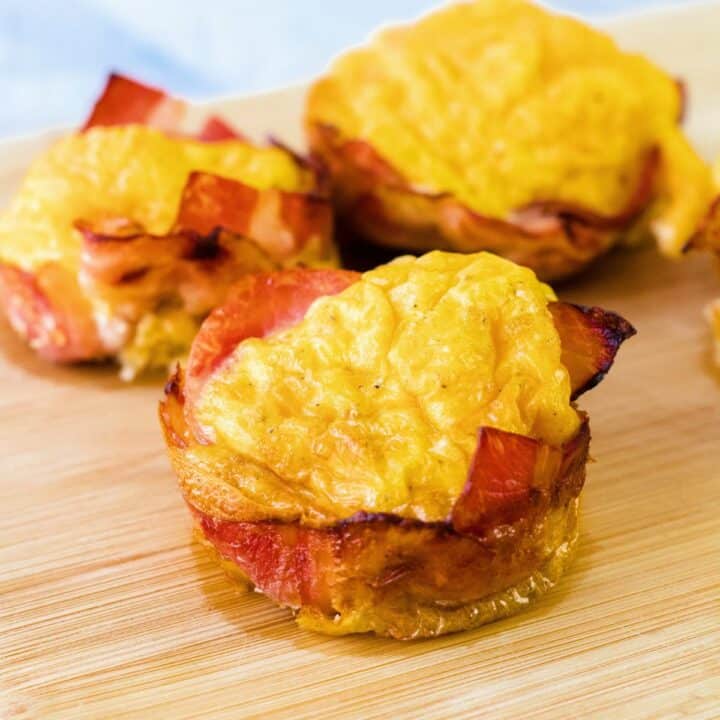
Keto Egg Muffin Cups
Make EASY keto egg muffins with 3 ingredients! Pick from 10 flavor combinations, or make your own using your favorite ingredients. Just 1.2g net carbs!
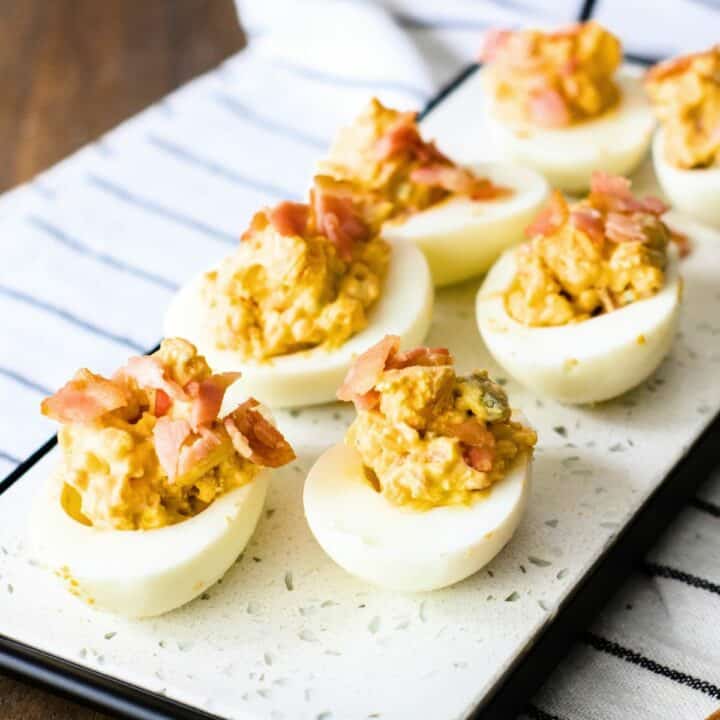
Keto Deviled Eggs
These keto bacon deviled eggs offer a delightful combination of creamy blue cheese, smoky bacon, and perfectly boiled eggs. They are a flavorful and keto-friendly twist on a classic appetizer.
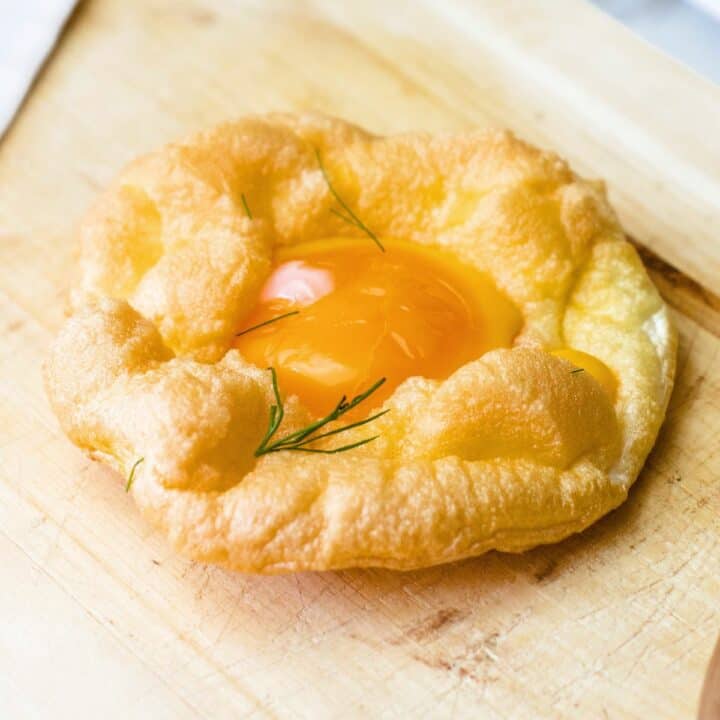
Keto Cloud Eggs
Cloud eggs are a delicious new way to enjoy eggs made with just 2 ingredients! Light and airy egg whites baked into golden nests to hold perfectly cooked yolks.
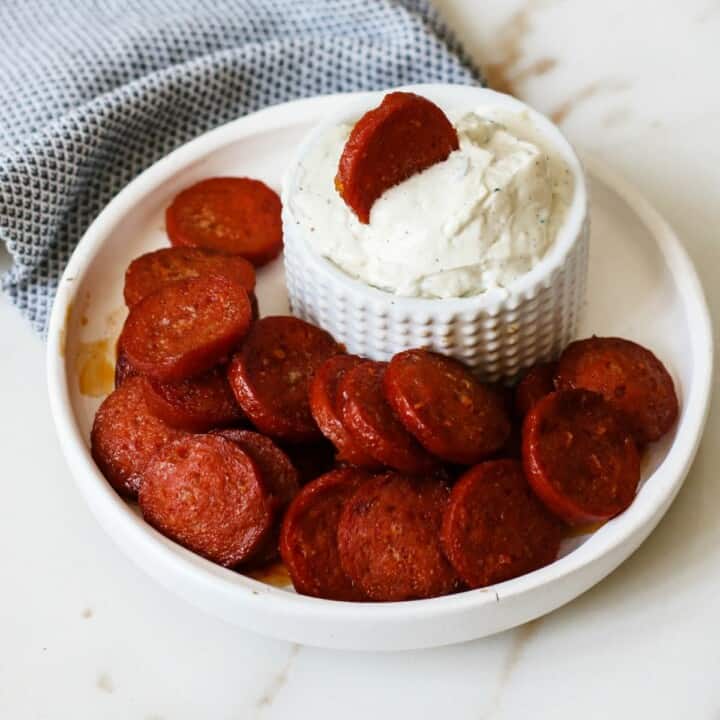
Baked Chorizo Chips
These baked chorizo chips are super quick and easy to prepare. All you need is thinly sliced chorizo, your favorite seasonings, an oven, and a few minutes to create these delicious snacks!
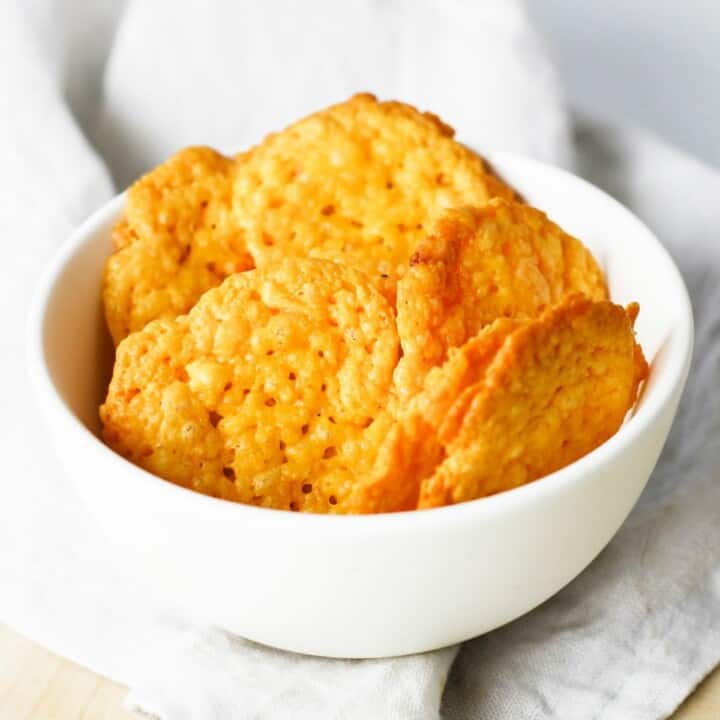
Crispy Cheddar Chips
Crispy, crunchy, and loaded with flavor, these Cheddar Chips are the perfect snack or appetizer. You only need 1 ingredient to make these cheese chips—cheese! They're quick, easy, and sure to be a hit.
References
- https://healthyeating.sfgate.com/five-foods-zero-carbohydrates-9452.html
- https://www.rush.edu/health-wellness/discover-health/skinny-low-carb-diets
- https://www.heart.org/en/healthy-living/healthy-eating/eat-smart/nutrition-basics/understanding-food-nutrition-labels
- https://perfectketo.com/no-carb-food-list/
- https://www.livestrong.com/article/475090-low-carb-meat-list/
- https://www.healthline.com/nutrition/44-healthy-low-carb-foods
- https://www.sciencedirect.com/science/article/abs/pii/S0031938412002806

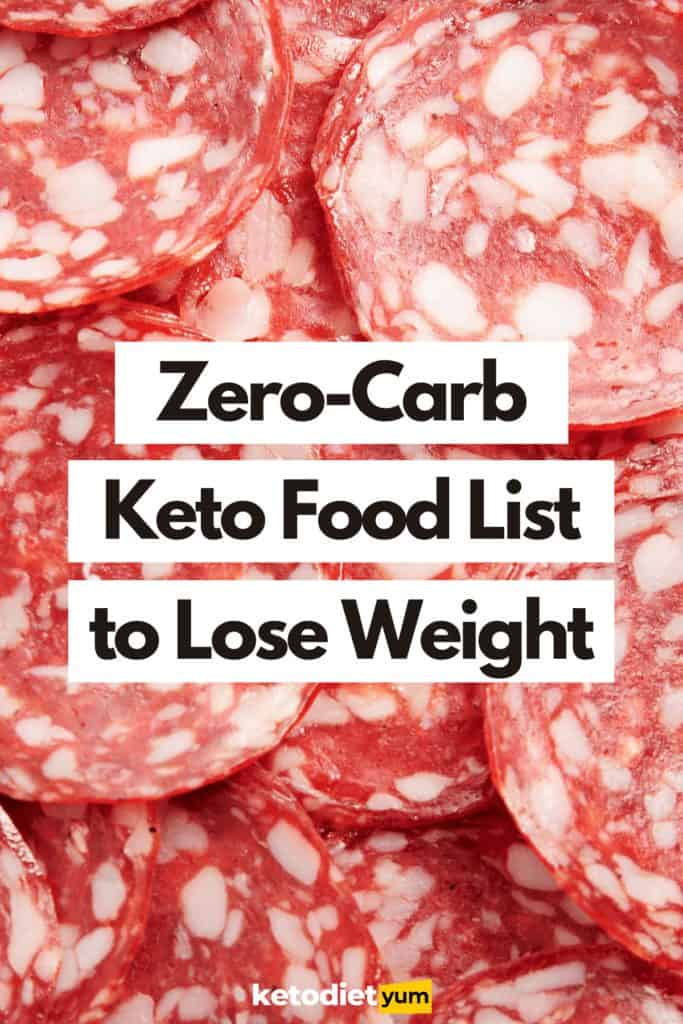
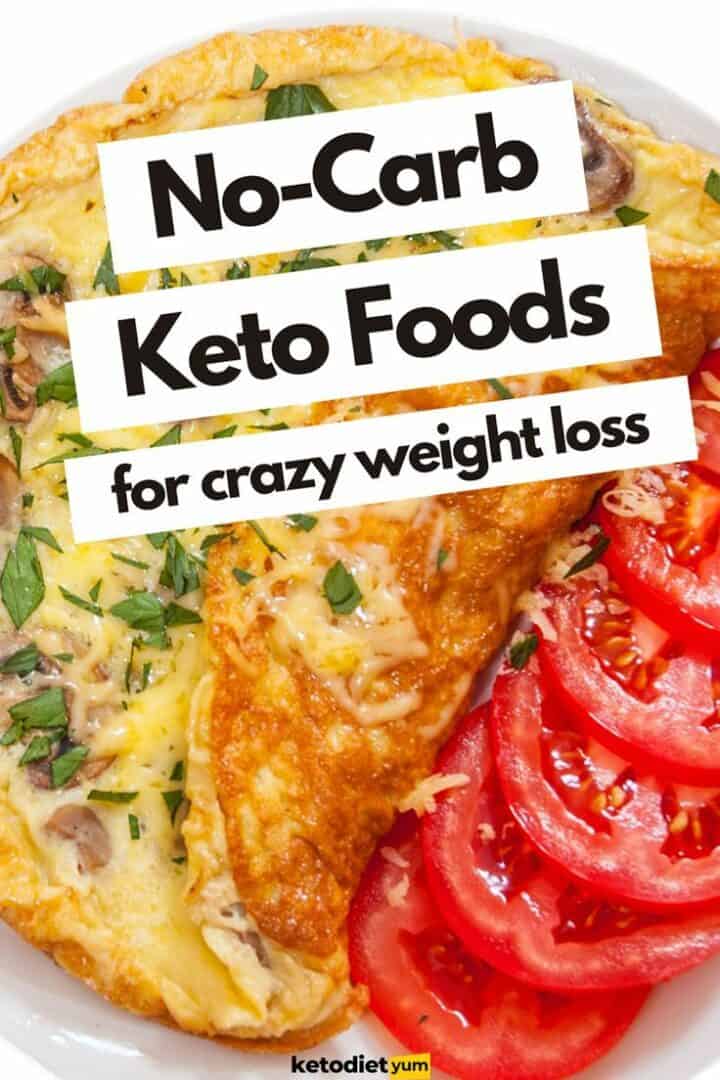
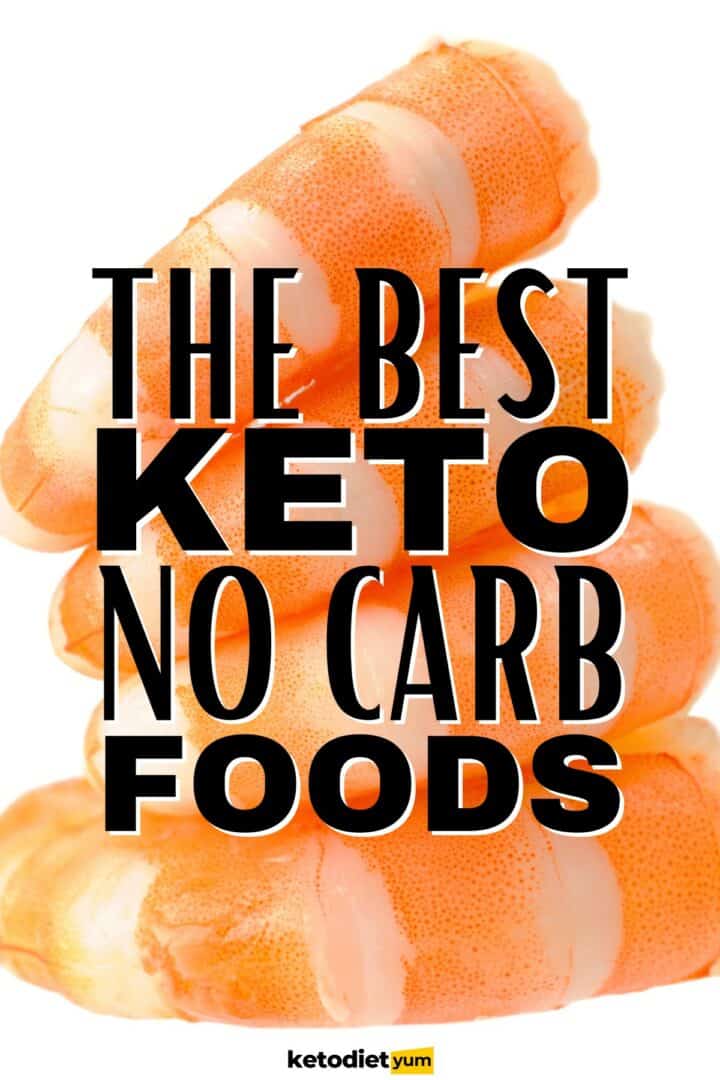
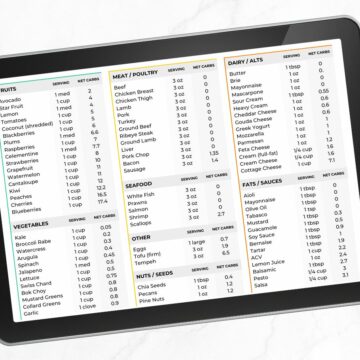
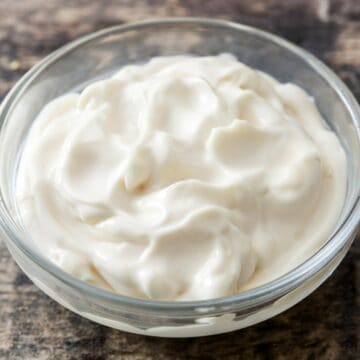
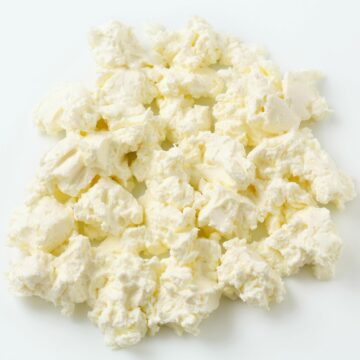
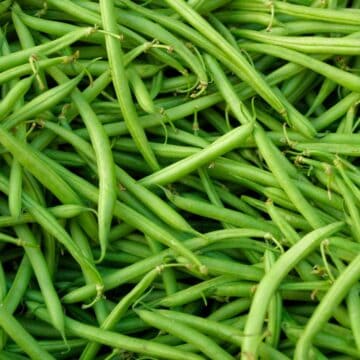
You folks are very much devoted to the people at large. Those who particularly go for keto food. At 82 years of age I am renal diabetic and also suffer with Hi Blood pressure. I look for help wherecerI can find. Thanks for your dedication.